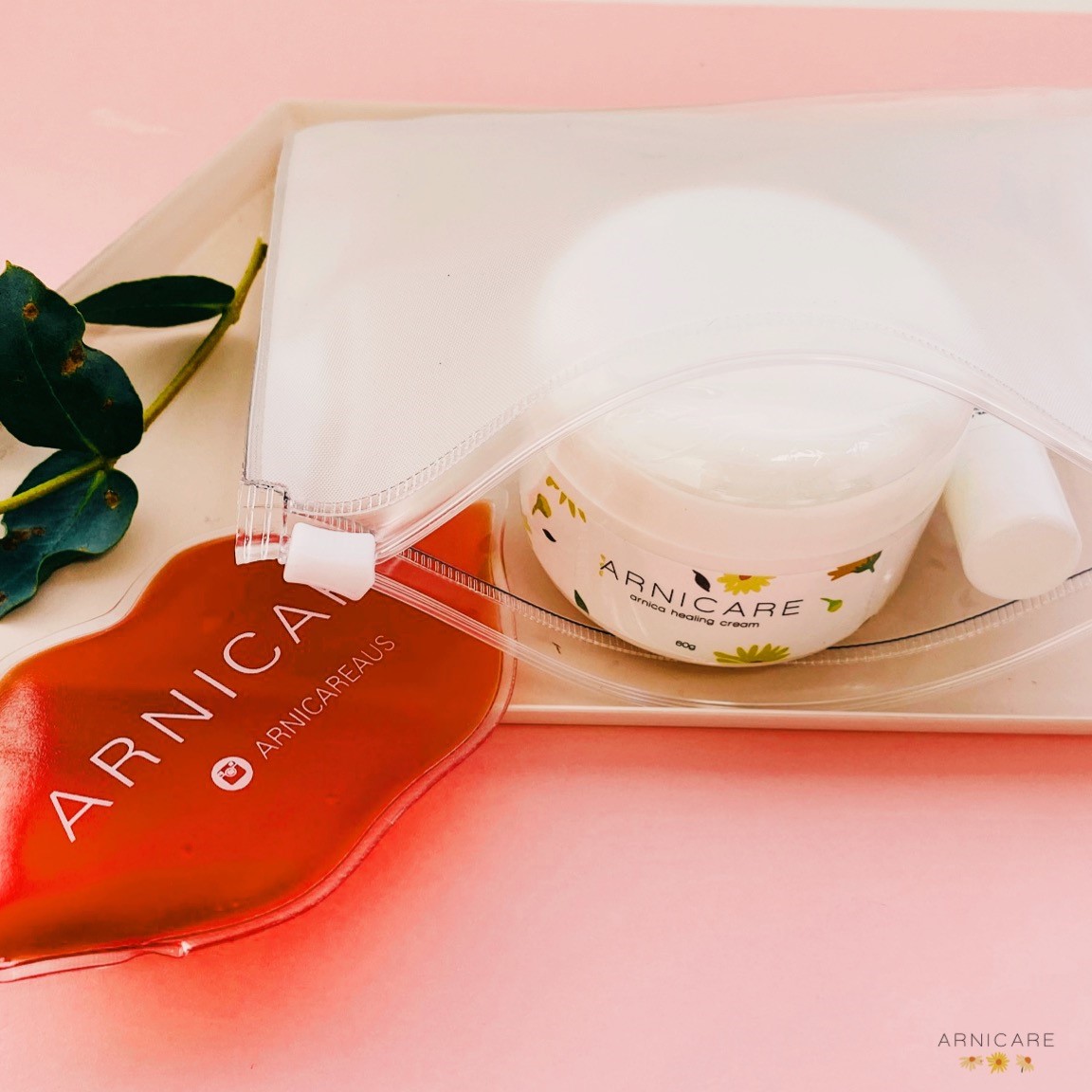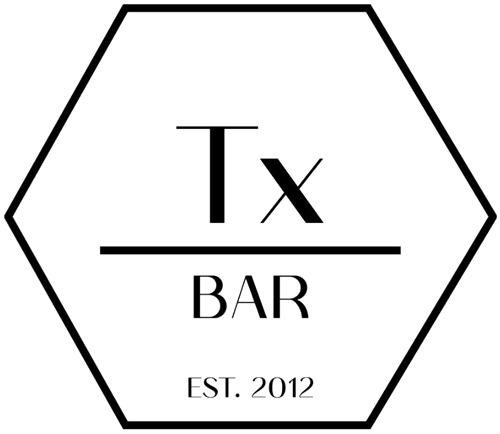Concerned with post procedural bruising? We have you covered!
August 12, 2020
Understanding Bruising After Cosmetic Treatments
At Tx Bar Geelong, we understand that planning your cosmetic medicine treatment often involves considering potential downtime. One of the most frequently asked questions we hear is:
“Will I bruise?”
While cosmetic medicine treatments are generally well tolerated, bruising is a known and temporary side effect. For some clients, it can be a concern—especially when planning around events or social commitments.
How Common Is Bruising?
Clinical research indicates that bruising may occur in 19% to 68% of injectable procedures, depending on treatment type and patient-specific factors. While it is considered medically minor, the visual impact of bruising can affect how clients feel during the early stages of healing.
At Tx Bar, our focus is on supporting you with clear guidance and care throughout your treatment journey—from consultation through to aftercare.
Treatment Performed by Qualified Clinicians
All cosmetic medicine treatments at Tx Bar are performed by Registered Nurses under the clinical oversight of our Nurse Practitioner, in line with current AHPRA (Australian Health Practitioner Regulation Agency) and TGA (Therapeutic Goods Administration) regulations.
Prior to any procedure, you’ll receive a comprehensive consultation, including a review of:
-
Medical history and current medications
-
Supplement use
-
Lifestyle factors (e.g. alcohol intake, exercise, previous bruising)
-
Suitability for treatment and consent
This process helps minimise the risk of side effects where possible and ensures treatment is tailored to your needs.
What May Increase Bruising Risk?
Several factors can influence bruising, including:
-
Prescription anticoagulants (e.g., Warfarin, Dabigatran, Clopidogrel)
Note: these must never be stopped without your doctor’s advice. -
Over-the-counter medications (e.g., Ibuprofen, Aspirin)
-
Supplements (e.g., Fish Oil, St John’s Wort, Vitamin E)
-
Alcohol consumption, especially within 24 hours prior to treatment
-
Exercise or sauna use shortly after the procedure
Your nurse will provide individualised pre- and post-treatment advice based on your consultation.
Supportive Aftercare Options
Some clients find comfort using cold compresses or gentle post-treatment skincare. At Tx Bar, we stock a carefully selected range of topical support products, including:
🧴 Arnicare® Arnica Healing Cream and Balm
Available in-clinic and online, Arnicare® products are designed to support hydration and comfort post-procedure. Formulated with ingredients commonly used in cosmetic aftercare:
-
Arnica Montana – traditionally used to calm bruising
-
Hyaluronic Acid – supports hydration and skin barrier
-
Niacinamide – promotes healthy skin tone
-
Curcuma Longa (Turmeric) – a natural antioxidant
While individual outcomes may vary, your nurse will discuss suitable aftercare options during your consultation.
Book a Consultation
If you are considering cosmetic medicine treatments and would like to speak with a qualified professional, we welcome you to book a consultation.
📞 Call us: (03) 5222 3352
📅 Book online: toxbar.com.au/bookings
Our Clinical Team
At Tx Bar, all procedures are:
-
Performed by Registered Nurses, experienced in medical aesthetics
-
Supervised and prescribed by our Nurse Practitioner, Ashleigh Robinson
-
Delivered in accordance with current AHPRA and TGA advertising and practice guidelines
References
-
Satriyasa, B. K. (2019). Botulinum toxin (Botox) A for reducing the appearance of facial wrinkles. Clinical, Cosmetic and Investigational Dermatology, 12, 223–228.
-
Jones, D. et al. (2016). Safety and adverse events associated with aesthetic procedures using hyaluronic acid fillers. J Clin Aesthet Dermatol, 9(6), 36–43.

